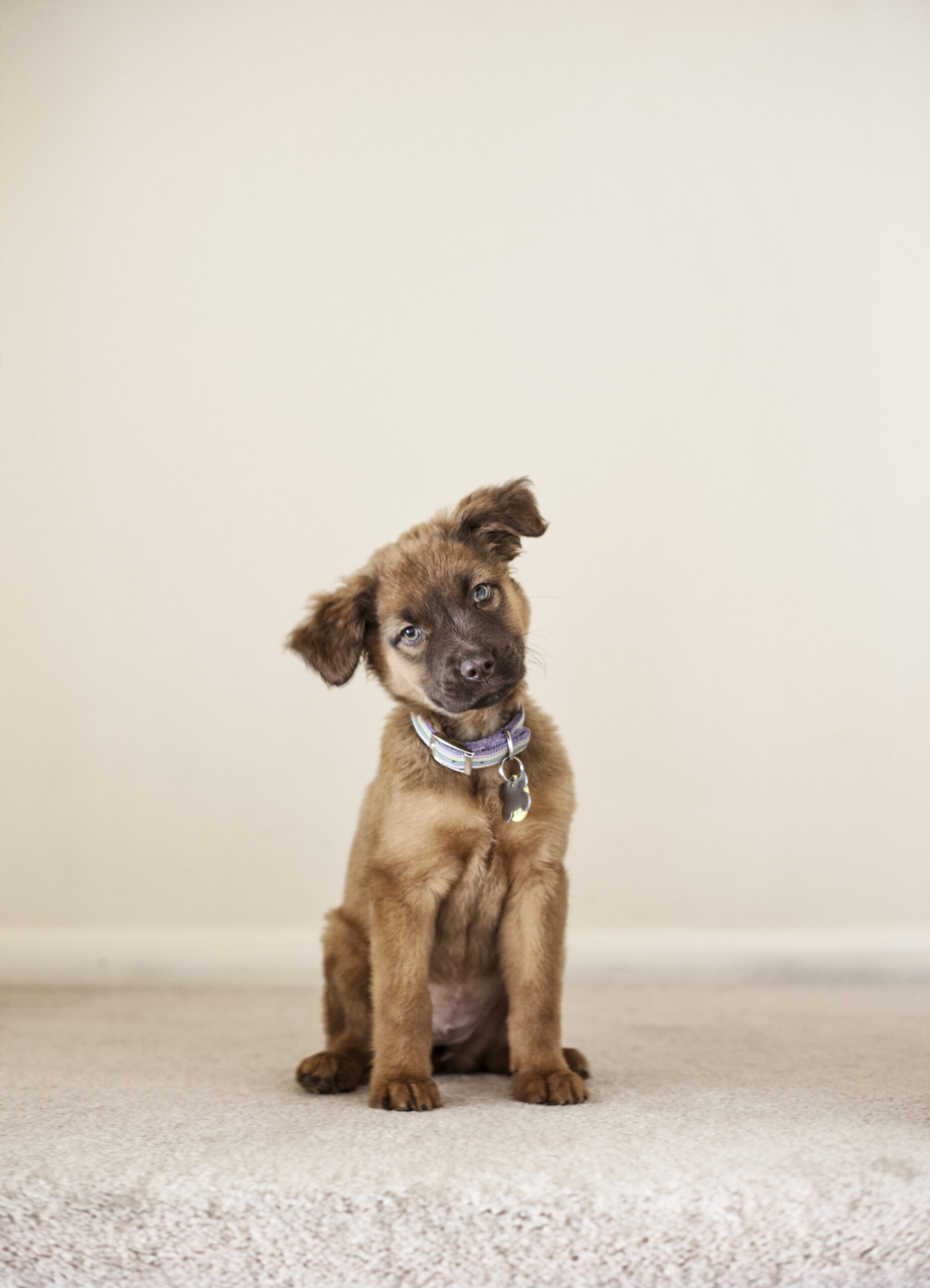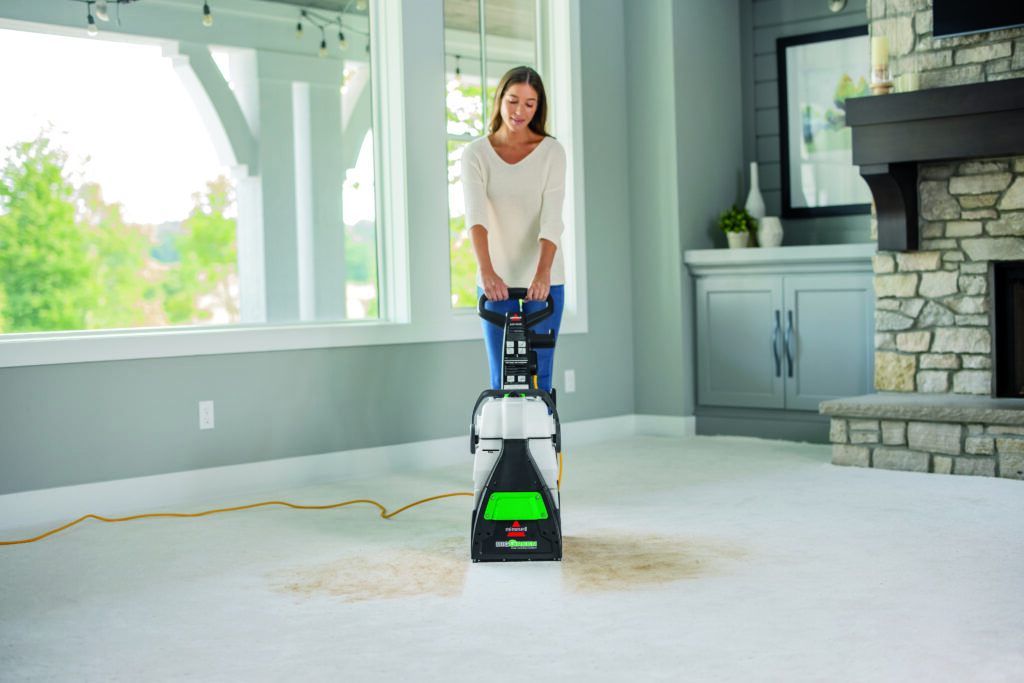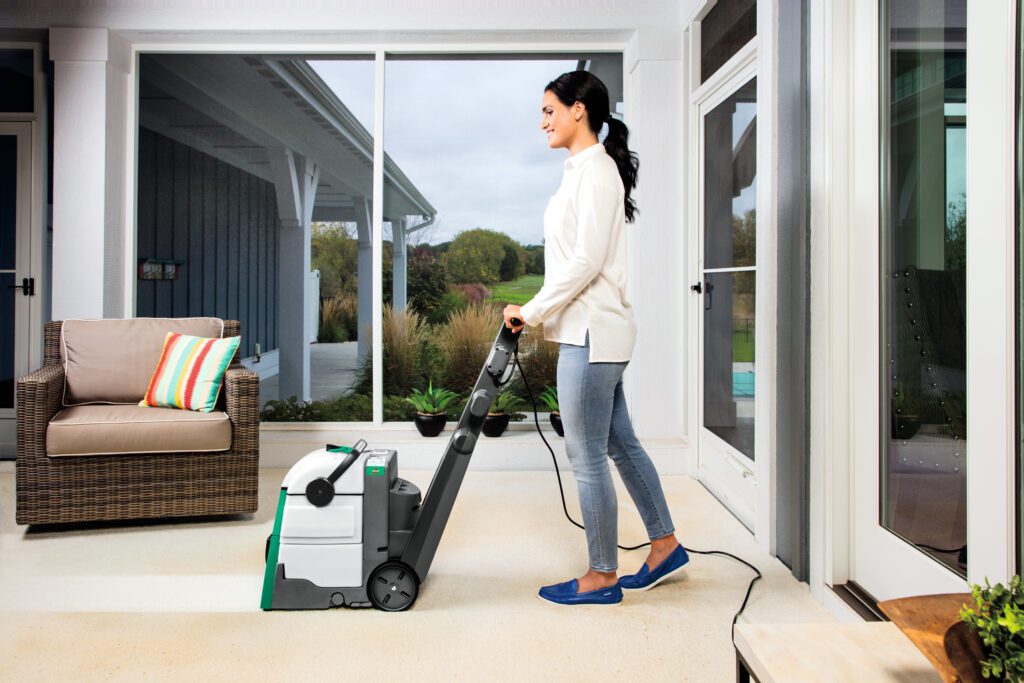How to Get Rid of Dog Urine Stains and Help Put A Stop to Remarking

Your dog shows his love for you in so many ways, from his wildly wagging tail when you walk through the door to his delighted doggy dance when it’s time for his walk. While it’s easy to enjoy your puppy’s adoring (and adorable) antics, some of the ways he shows his affection aren’t quite as cute as others. It’s normal for a puppy, for example, to urinate in front of his pack leader as a sign of deference. When you bring a puppy into your home, he will quickly learn that you’re the leader of the pack, and urinating when he greets you is just one of the ways he might show his respect.
Dogs urinate inside of the house for many reasons. Cleaning up dog urine in your home doesn’t make you love your furry best friend any less, but it can certainly be baffling when your good boy starts developing bad behaviors. Luckily, with a little bit of know-how, you can help your dog correct his behavior before it becomes a habit and get back to nuzzling noses in no time.
Why do dogs urinate in the house?
If your dog urinates in the house, learning why he’s doing it is the first step to putting a stop to it for good. To humans, urine is urine. To our dogs, however, it’s more complicated. A dog who is house soiling will urinate in the house for different reasons than a dog who is marking his territory.
What is house soiling in dogs?
If your dog is emptying her bladder inside of the house, she is house soiling. There are quite a few reasons she may do this:
Is she sick?
If your family dog starts urinating indoors, you should visit the vet so they can diagnose or rule out illness or infection.
Is she anxious or scared?
If your dog is frightened or experiencing separation anxiety, she may lose control of her bladder. With your vet’s assistance, you can identify stressors in your dog’s daily life and help ease her anxiety and fear.
Is she housetrained?
While we typically associate housetraining accidents with puppies, they are not the only culprits. Senior dogs may forget their housetraining, and a previously housetrained adult dog may need retraining when a new family adopts her.
Why do dogs mark territory by urinating in the house?
A dog who is marking his territory isn’t doing so out of a need to urinate. To stop this behavior, you will need to figure out why it started. Some possible causes are:
Is your dog spayed or neutered?
If your dog is marking to find a mate, spaying or neutering may put an end to this behavior.
Are there new pets or people in your house?
If you’ve introduced a new pack member, whether a roommate, a baby, or another pet, your dog may start marking his territory to re-establish his place in the pack.
Have you moved to a new home or brought new textiles into your old house?
A new home, a new carpet, or even a fresh coat of paint brings strange smells to your dog’s nose which might cause him to add his scent back into the environment and re-establish it as his.
How can I get my dog to stop peeing in the house?
You’ve seen your dog sniff out a single speck of cereal beneath a sofa cushion, and he always seems to know when you open a jar of peanut butter, even when you don’t make a sound. That seemingly sixth sense he has that catches you in the act of fixing a midnight snack isn’t supernatural: dogs can smell nearly 100,000 better than humans.
Once your dog has urinated indoors, there’s a risk that he’ll return to the same spot to go again, and he may develop a location or surface preference for this area if it continues. To stop his one-time indiscretion from becoming an ongoing issue, you need the right cleaning solution to remove the stain and eliminate any traces of odor that his super scent-detector might pick up.
How should I clean dog urine stains?
An enzyme-action cleaner, like our Urine Eliminator, is the best defense against lingering odors from pet urine. When used properly, the enzymes in these solutions work to break down and digest stains and tackle odors on the surface, as well as those that have seeped down into your carpet padding. Whether you’re housetraining a puppy or re-training a senior, removing the stains and odors from previous accidents as soon as possible helps keep your dog from marking the same spot again and again.
Help stop your dog from re-marking
If your dog’s soiling or marking has become a habit, you’ll need to break the old pattern and establish a new one to stop the behavior.
If stains consistently appear in the same spot, you should thoroughly clean the area and then move his crate, bed, or food and water dishes on top of it. A dog will rarely urinate where he sleeps or eats, so changing his relationship with the location can help break the habit. After two weeks without incident, you can move the bed or food back to its original place if you wish. Storing your dog’s toys and playing with him each day in that spot can also be a practical solution in spaces too small for his bed or feeding station.
How to Remove Urine Stains for good
When your dog is urine marking, removing urine stains and odors is a critical part of curtailing the behavior. Unfortunately, urine marking does not always leave a telltale puddle, making it difficult to detect and destroy every mark your dog has made. You don’t need to catch your dog in the act to find his favorite spots, however, you can do your own detective work with a urine-detecting blacklight.
Locate Hidden Stains
Use the blacklight to locate hidden carpet stains and saturate each one with an enzyme-action cleaning solution. If the stain is fresh, gently blot up as much moisture as possible with a dry, white cloth before treating the stain. Note that even after the mess is cleaned, it will likely still be visible by blacklight, but the tone will have changed.
Apply Solutions to the Stain
Spray the stain thoroughly to get down deep to the base of the stain. Make sure you clean the area around the stain too. Once urine, or any stain, gets down into the carpet backing, it can spread farther than the stain you see on the top of the carpet.
Allow Formula to Penetrate the Stain
Allow the formula to penetrate the stain for 5-10 minutes for fresh stains or cover the area with a moist towel and allow the enzymes to work for up to 48 hours on old stains.
Blot the Stain
Blot the area again with a clean cloth to absorb as much of the liquid as you can.
Before using any pet stain cleaning solution for the first time, test an inconspicuous area and allow it to dry to check for colorfastness.
If the stains aren’t confined to one area or are occurring in a new home, a carpet deep clean may be your best bet to remove all the urine stains and odors at once. A Rug Doctor® by BISSELL® rental carpet cleaning machine is your secret weapon in the fight against house soiling and urine marking, with quick-drying, professional results that you can achieve in just a few hours. Add the upholstery tool to your rental if you need to get into hard to reach spaces; it helps you tackle the toughest stains no matter where they are, so you can finish up fast and get back to spending time with the people (and dogs) you love. Not sure how to use a professional rental carpet cleaner? See how easy it can be How to Use a Carpet Cleaner here.
Find a rental carpet deep cleaners at pet specialty, grocery and home improvement stores. Click here to find one near you.
Have a cat? Click here to learn HOW TO KEEP YOUR CAT FROM URINATING OUTSIDE THE LITTER BOX.


